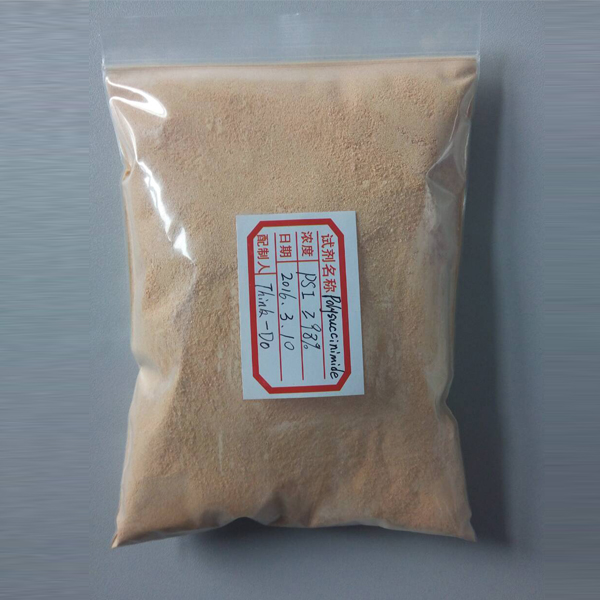
News
Ağu . 12, 2024 04:08 Back to list
Factory Production of Chelated Micronutrients for Enhanced Fertilizer Efficiency and Crop Nutrition
The Importance of Chelated Micronutrients in Fertilizer Production
In contemporary agriculture, the necessity for high-quality fertilizers is paramount to ensure optimal plant growth and increased crop yields. Among these fertilizers, those containing chelated micronutrients have gained significant attention. This article delves into the importance of chelated micronutrients in fertilizer production and their role in enhancing agricultural productivity.
Understanding Chelated Micronutrients
Chelated micronutrients are essential trace elements that are bound to organic molecules (chelating agents), which assist in their absorption by plants. Common micronutrients include iron, zinc, manganese, copper, boron, and molybdenum. Although these elements are required in minute quantities, their role in plant health and development is crucial. Chelation enhances the solubility and mobility of these nutrients in the soil, allowing plants to uptake them more efficiently.
Benefits of Chelated Micronutrients
One of the primary advantages of incorporating chelated micronutrients into fertilizers is the increased nutrient availability. Traditional fertilizers can sometimes lead to nutrient lockup in the soil, particularly in alkaline conditions where most micronutrients become unavailable. Chelated forms bypass this issue, ensuring that plants have access to the nutrients they need, regardless of soil conditions.
Moreover, chelated micronutrients can improve root development, boost photosynthesis, enhance resistance to diseases, and increase overall plant health. For example, iron plays a pivotal role in chlorophyll formation, and its availability can dramatically influence the greenness and vigor of plants. Enhanced chlorophyll synthesis leads to improved photosynthesis, which is vital for plant growth and crop yields.
Production of Chelated Micronutrients
fertilizer chelated micronutrients factory

The production of chelated micronutrients involves a meticulous process. Factories specializing in the manufacture of these products focus on the synthesis of effective chelating agents, such as EDTA (ethylenediaminetetraacetic acid), DTPA (diethylenetriaminepentaacetic acid), and EDDHA (ethylenediamine-N,N'-bis(hydroxyphenylacetic acid)). These agents form stable complexes with metal ions, thereby protecting them from precipitation and enhancing their availability in the soil.
Quality control is a significant aspect of producing chelated fertilizers. Each batch must be tested for purity, stability, and efficacy to ensure that it meets agricultural standards and provides optimal benefits to crops. Leading manufacturers often invest in research and development to innovate and improve the efficacy of their products, ensuring they remain competitive in an ever-evolving agricultural market.
Environmental and Economic Impact
Utilizing chelated micronutrients not only benefits crop yields but also contributes to more sustainable farming practices. By improving nutrient uptake efficiency, farmers can reduce the overall quantity of fertilizers needed, thus minimizing the risk of nutrient runoff, which can lead to environmental degradation and water pollution.
From an economic perspective, the adoption of chelated micronutrients can result in cost savings for farmers. Higher productivity per hectare translates into increased profits and a greater return on investment. Farmers can achieve better crop quality, which is vital for reaching market demands and sustainable agriculture.
Conclusion
The role of chelated micronutrients in the production of fertilizers cannot be overstated. As the global demand for food continues to rise, the agricultural sector must adapt to meet these challenges. By incorporating chelated micronutrients into fertilizers, producers can ensure that crops receive the essential nutrients they need for optimal growth. This not only contributes to increased agricultural productivity but also promotes environmentally sustainable practices, ultimately benefitting both farmers and the planet. As research and technology advance, the future of chelated micronutrients in agriculture looks promising, paving the way for a more sustainable and productive farming landscape.
-
Polyaspartic Acid Salts in Agricultural Fertilizers: A Sustainable Solution
NewsJul.21,2025
-
OEM Chelating Agent Preservative Supplier & Manufacturer High-Quality Customized Solutions
NewsJul.08,2025
-
OEM Potassium Chelating Agent Manufacturer - Custom Potassium Oxalate & Citrate Solutions
NewsJul.08,2025
-
OEM Pentasodium DTPA Chelating Agent Supplier & Manufacturer High Purity & Cost-Effective Solutions
NewsJul.08,2025
-
High-Efficiency Chelated Trace Elements Fertilizer Bulk Supplier & Manufacturer Quotes
NewsJul.07,2025
-
High Quality K Formation for a Chelating Agent – Reliable Manufacturer & Supplier
NewsJul.07,2025
